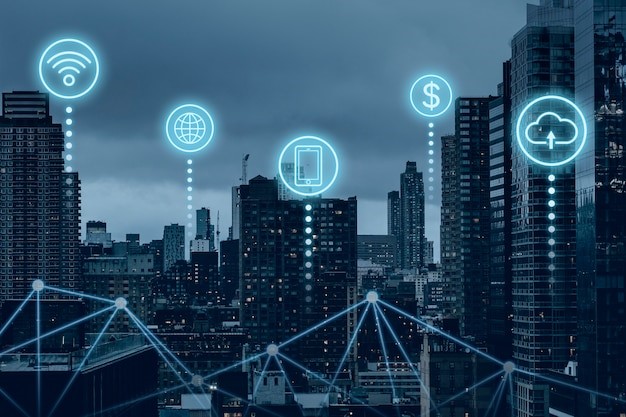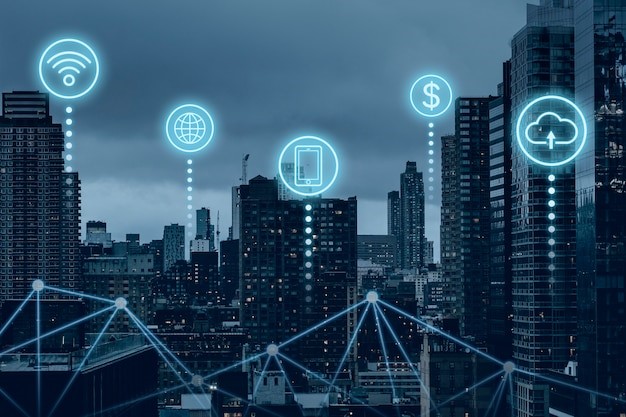Read Our Blogs

Building a Robust Network: Leveraging Partnerships for Enterprise System Excellence
The digital landscape is a whirlwind of innovation, and for businesses seeking operational excellence, a strong and reliable network is the unshakeable foundation. At Enterprise Systems, we, as expert systems integrators, understand the critical...

Leadership Best Practices for Maximizing ROI on Enterprise Systems
Enterprise systems are the backbone of any modern organization, streamlining processes, boosting efficiency, and driving growth. However, with significant investments involved, maximizing the return on investment (ROI) becomes a leadership...

Leadership in the Digital Age: Navigating the Enterprise Systems Landscape
The digital age has irrevocably transformed the business landscape. Today's leaders face a unique challenge: navigating a complex and ever-evolving technological environment. At Enterprise Systems, we understand the critical role leadership plays...

From Legacy to Leading-edge: Modernizing with Enterprise Systems
The digital landscape is a constant whirlwind of innovation. To stay ahead, businesses must shed the limitations of outdated legacy systems and embrace the agility of modern solutions. This shift from legacy to leading-edge is no longer optional;...

Demystifying Enterprise Systems: A Comprehensive Guide
Have you ever had a sense of being inundated by the ever-expanding realm of IT solutions? Modern business leaders are confronted with a multifaceted environment encompassing cloud computing, data center administration, extensive network systems,...

Tech Gadgets and Devices: Reviews and Recommendations
In the ever-evolving landscape of technology, staying ahead requires not just keeping up with the latest trends but also leveraging the right gadgets and devices. Whether for personal use, business operations, or enhancing communication, having the...
E-commerce Trends and Strategies for Success
Over the past decade, e-commerce has grown significantly and undergone tremendous change due to changes in consumer behavior, technological breakthroughs, and the dynamics of the global market. In order for companies to succeed in this quickly...

Cybersecurity in the Digital Age: Protecting Your Data
The digital age is a vast landscape, brimming with opportunity. But just like the Wild West of old, it also harbors dangers. Here, information is the new gold, and cybercriminals lurk like outlaws, waiting to steal or hold your valuable data...

The Future of the Pharmaceutical Industry: Trends and Innovations
Technological advancements, shifting consumer demands, regulatory changes, and the need for sustainable solutions are driving a transformative phase in the pharmaceutical industry. In this era of rapid innovation, understanding future trends and...

The Impact of Artificial Intelligence on Businesses: Opportunities and Challenges
Artificial intelligence (AI) is becoming a disruptive force in many different sectors, changing the way companies run, innovate, and engage with clients. AI offers businesses both potential and problems, from automated processes to personalized...
